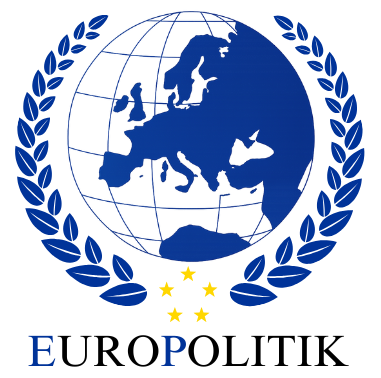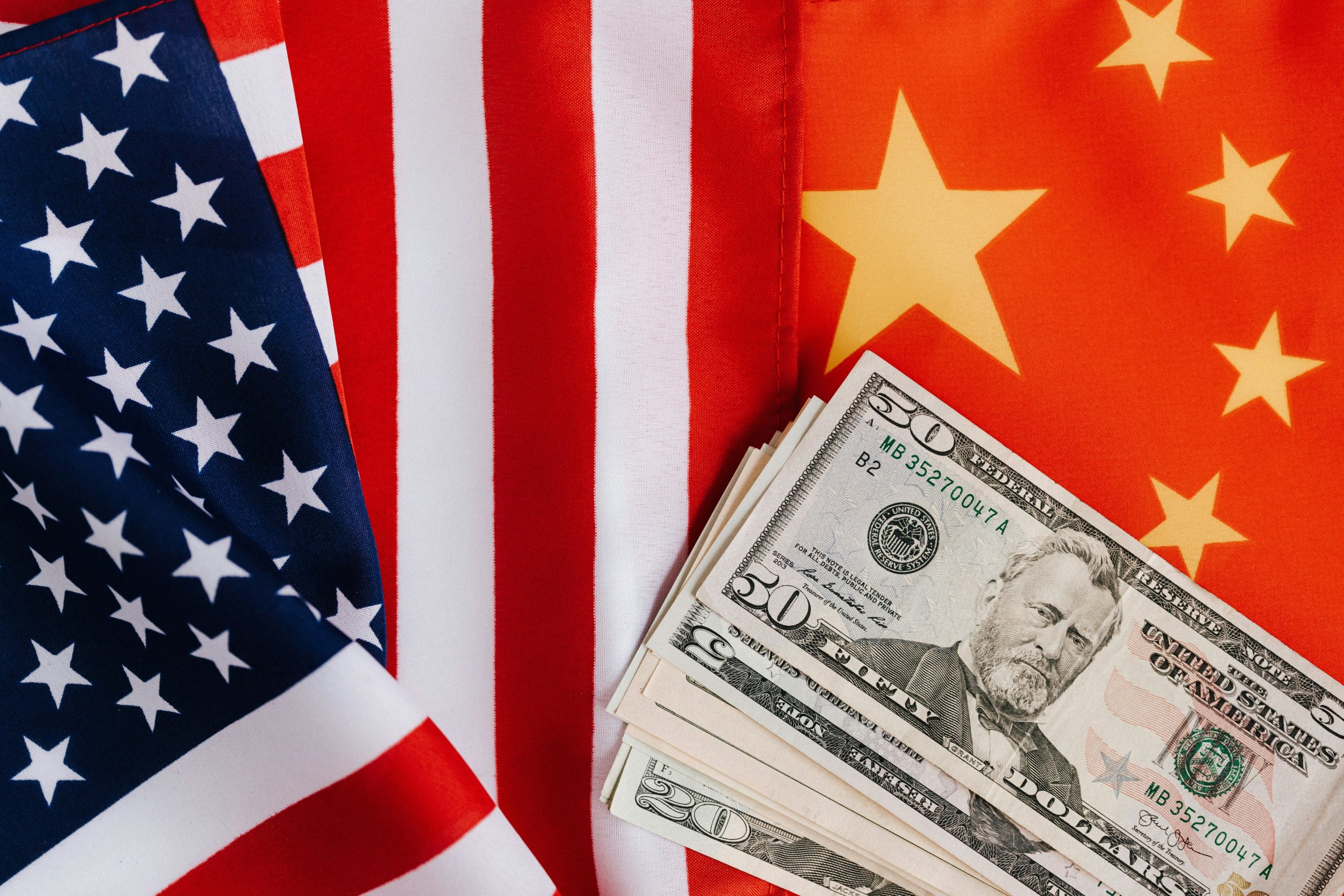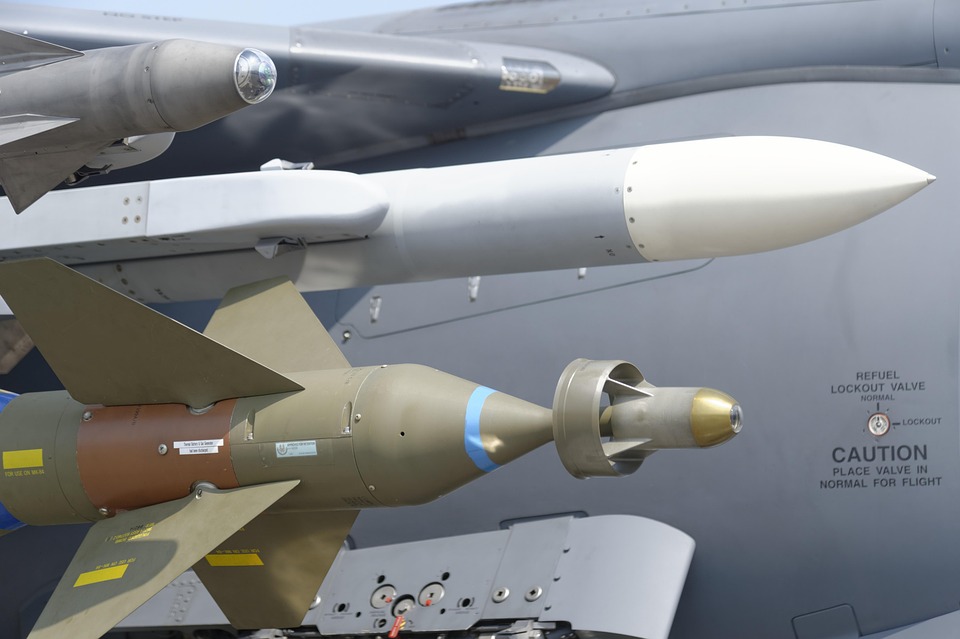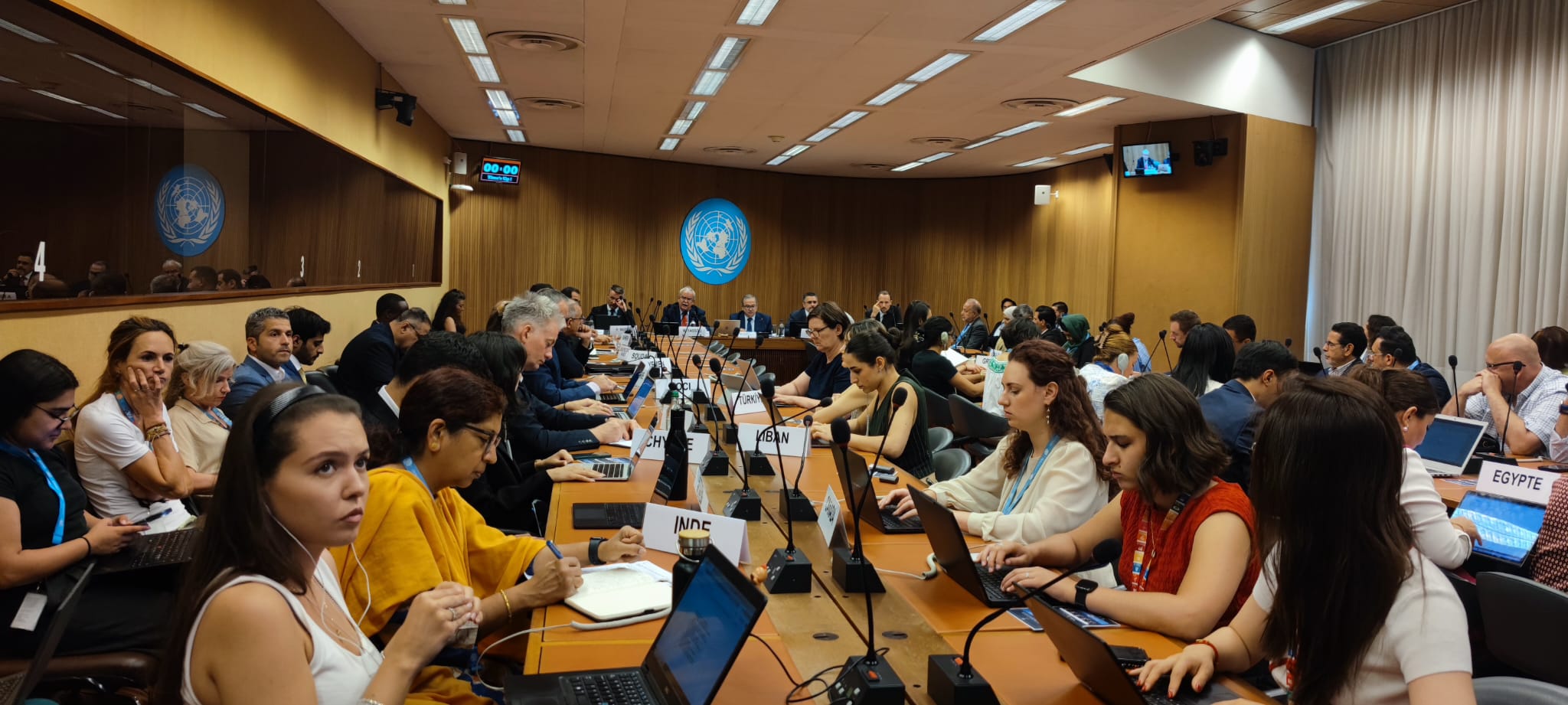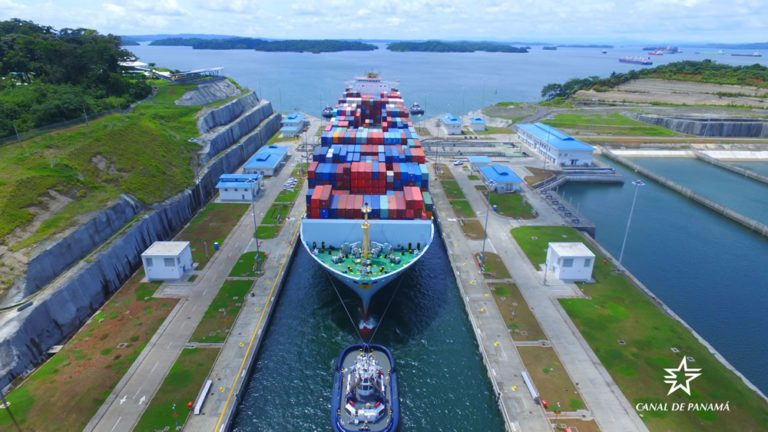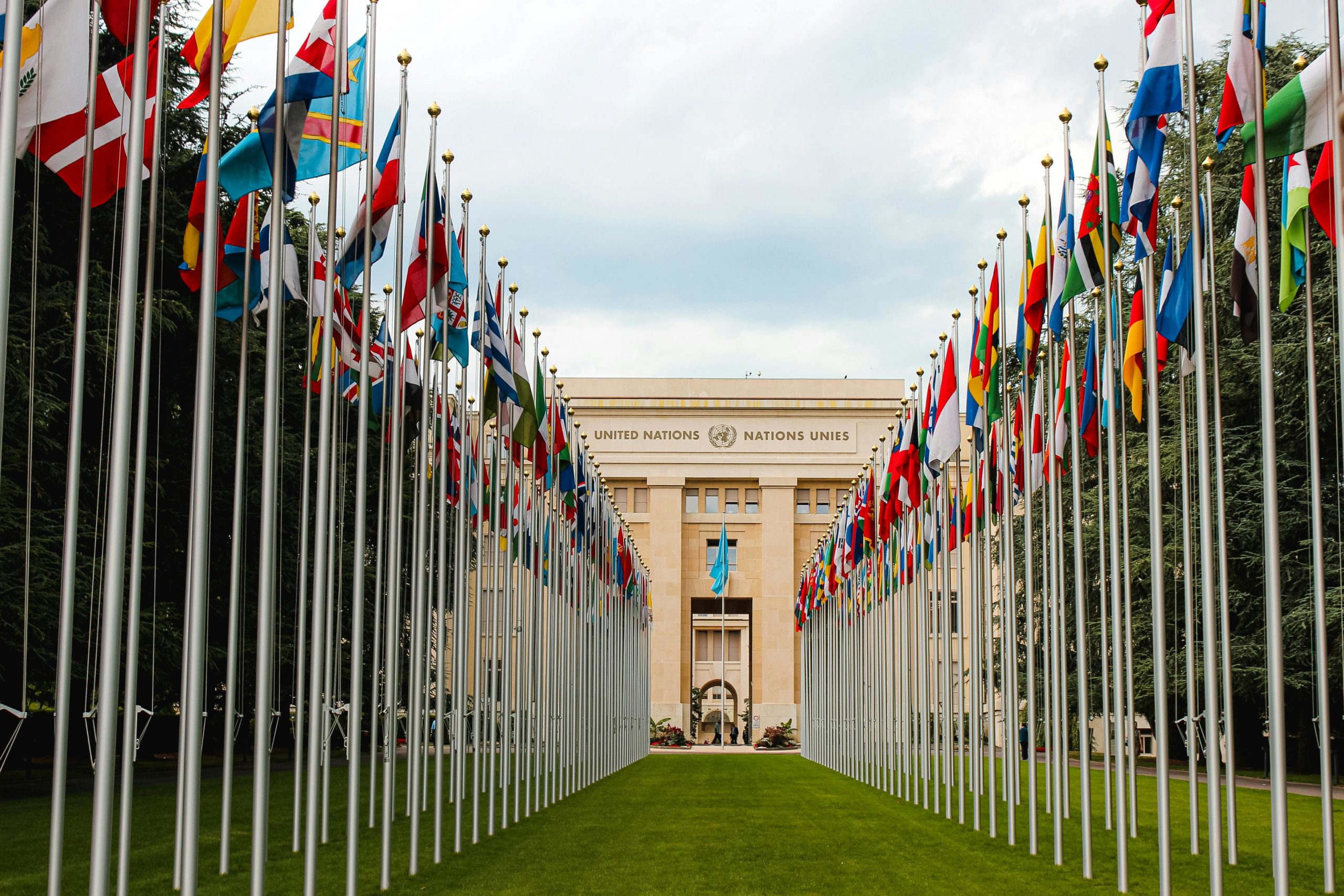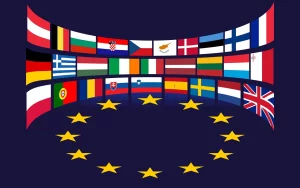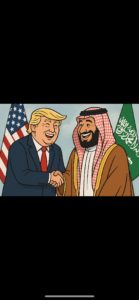Since his return to the White House, Donald Trump has turned his foreign agenda into a full-blown diplomatic marathon. He’s firing on all cylinders, fully aware that in business — as in politics — you have to cast many lines for at least one to bite. No longer bogged down in the Russia–Ukraine war, the U.S. President is refocusing on economics, his interests, and the Asian jackpot. After capitalizing on a series of decisive moments in the Middle East and Europe, he is now heading East, where the core of global trade and the techno-strategic competition between the world’s two leading powers is being played out. This tour, which began yesterday at the ASEAN summit in Malaysia before continuing to Japan and South Korea, aims to reshape the balance of power with Beijing while defusing regional crises and securing targeted trade agreements. The “pivot,” which dates back to Obama’s era, is now taking on a distinctly Trumpian version: tariff pressure, gestures of de-escalation when they serve U.S. interests, and a pursuit of diplomatic moves calibrated for both markets and public opinion. In short, it’s a strategy aimed at easing tensions in a region that remains one of the world’s geopolitical flashpoints.
The Program and Schedule Across Three Countries: Kuala Lumpur, Tokyo, Gyeongju
The 47th President’s tour opened yesterday in Kuala Lumpur with the ASEAN summit, where Washington is keen to show that it can talk security and business at the same time — something that does not fundamentally displease the Chinese. The journey continues with a stop in Japan for a series of industrial and energy announcements, before landing in South Korea for the APEC summit, officially set for October 31 to November 1 in Gyeongju, with a heavily economic agenda. Trump will be in his element. On the sidelines, several bilateral meetings are planned with Seoul, Tokyo, and Kuala Lumpur. The stated goal: to lock in supply-side cooperation in highly sensitive sectors (semiconductors, energy, AI) and to strengthen U.S. partnerships in Asia — without giving up the leverage of tariffs.
Early Results: Thailand–Cambodia Truce, De-escalation Under U.S. Sponsorship
Even at the start of this tour, a major breakthrough is already expected: the signing of an expanded ceasefire between Thailand and Cambodia, to be formalized in Trump’s presence in Kuala Lumpur, as tensions between the two countries have reached their highest level since last July. The agreement consolidates a truce reached this summer after deadly border clashes: withdrawal of heavy weapons, release of Cambodian prisoners, joint demining operations, and the deployment of an ASEAN observer team. It’s a textbook application of Trump’s trademark method: exert pressure (political and commercial) to force de-escalation, then capitalize on the agreement’s media impact. The question remains: will the truce hold beyond the APEC sequence, unlike other fragile ceasefires signed under U.S. auspices since January? Verification mechanisms and regional mediation will be crucial, but related economic deals could help sustain it.
The “Big One”: Beijing, the Arch-Rival You Still Have to Talk To
The highlight of the tour is the long-awaited Trump–Xi meeting, set for October 30 on the sidelines of APEC in South Korea. The goal is clear: to pursue de-escalation (crisis hotlines, targeted techno-industrial exchanges, safeguards on energy and raw materials, the unresolved Taiwan question) while keeping the tariff tool as a bargaining chip. Beijing has its own levers — export controls on rare earths and related technologies — while Washington wields massive import surcharges. If a “mini-deal” emerges from this historic meeting, it could benefit companies on both sides of the Pacific without touching the usual red lines (Taiwan, investment controls, technological sovereignty).
Since January, relations between the two leading global powers have worsened through tariff announcements and rising tensions over Taiwan. Trump’s Asian tour seeks less an embrace than a form of risk management — to avoid igniting another flashpoint on the planet. The aim is to contain rivalry while producing visible “Trump-style” results. If the October 30 meeting yields a de-escalation framework, it will be an immediate political success; if not, Washington will keep the option of confrontation on the table. In both scenarios, “business first” remains the compass guiding this managed peace — a pragmatic peace of negotiation rather than principle. It is, after all, Trump’s own brand of moderation within excess.
